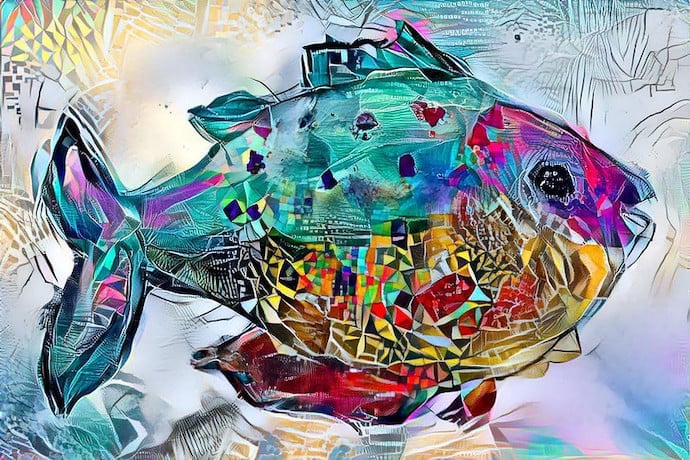Marine waste is a serious global issue. Current estimates suggest there are a larger number of plastics in the ocean than stars in the milky way.
While efforts to cut down plastics in everyday living are vital, so, too is tracking what waste currently exists.
Geospatial scientists at RMIT University in Melbourne, Australia, are working on a new method to detect plastic waste on remote beaches, using satellite technology.
“At the moment, onboard cameras on ships are often used to track plastics on beaches, and drones have been used as well,” says RMIT PhD candidate, Jenna Guffogg. “Conventional satellite images aren’t that useful in detecting plastics because of how small the pieces can be, but what we’re doing differently is looking at infrared signatures.”
Infrared signatures refer to the unique pattern of infrared light radiating from an object.
“In the same way that grass looks green because it reflects all the green light and absorbs other light, plastics reflect and absorb different wavelengths of infrared light. So, instead of trying to pick out every individual piece of plastic on a beach from an image, we can look at the infrared signatures of the beach, and detect any dips or gaps in the data. These gaps correspond to where the plastic is interacting with that light.”
Jenna and her team recently completed a study on the Cocos (Keeling) Islands, a remote territory of Australia located in the Indian Ocean, which has high concentrations of plastics on the beach. They used a handheld sensing device to capture how infrared light was reflected by different types of plastics. Later in the year, when a new German satellite, EnMAP is launched, the researchers will compare the data they collected in their field study, to that received from the satellite.
“When the satellite flies over the beach, we can compare the data it receives on its infrared sensors, to the data we received on our handheld device,” says Jenna. “If it comes back looking similar, that means the technique works, and we can look for the same pattern in other locations.”
In the future, the team hopes to produce heat maps that will indicate spots along the coastline with the highest densities of plastics, helping to direct coastal clean-up efforts.
“Because satellites are in orbit, we’ll be able to create those maps regularly,” says Jenna. “We’re still several years away from being at that point, but that’s the long-term goal.”
As well as the potential to assist with global problems like plastic waste, Jenna enjoys the visual aspect of geospatial science.
“You’re used to seeing photos of the Earth where trees are green and oceans are blue. But you can make those images using infrared light and end up with amazing pictures where forests are bright red, and the ocean is purple. Not only does it look incredible, there’s so much that we can learn about the world.”
Learn More
Satellites Site Coastal Plastic Waste
https://www.sciencedaily.com/releases/2022/02/220202111841.htm
Satellites Identify Plastic Marine Debris
https://www.youtube.com/watch?v=QgZmCZd2xRc
Detecting Plastics in Coastal Waters
https://www.youtube.com/watch?v=ylT4J6wCctQ
Marine Plastic from Orbit
https://www.planet.com/pulse/all-eyes-on-marine-plastic/
Satellites Spot Coastal Plastic Waste
https://www.planet.com/pulse/all-eyes-on-marine-plastic/
Satellites Connect Scientists with Ocean Life
https://www.noaa.gov/stories/3-ways-satellites-connect-scientists-with-ocean-life
Scientists Use NASA Satellite to Track Ocean Waste
What is Marine Debris?
https://oceanservice.noaa.gov/facts/marinedebris.html
Marine Plastic Pollution
https://www.iucn.org/resources/issues-briefs/marine-plastic-pollution
Learn About Aquatic Trash
https://www.epa.gov/trash-free-waters/learn-about-aquatic-trash
Trash Talk About Marine Debris
https://marinedebris.noaa.gov/videos/trash-talk-what-marine-debris
Marine Debris Impacts
https://www.doi.gov/ocl/marine-debris-impacts
Ocean Pollution Threat to Human Health
Impact of Marine Debris
https://whyy.pbslearningmedia.org/resource/noaa-interactive-15/marine-debris-impacts-ocean-today/
Seven Solutions to Reduce Ocean Plastic Pollution
https://www.oceanicsociety.org/resources/7-ways-to-reduce-ocean-plastic-pollution-today/
Ten Scientific Solutions to Plastic Pollution
https://earth.org/scientific-solutions-to-plastic-pollution/

